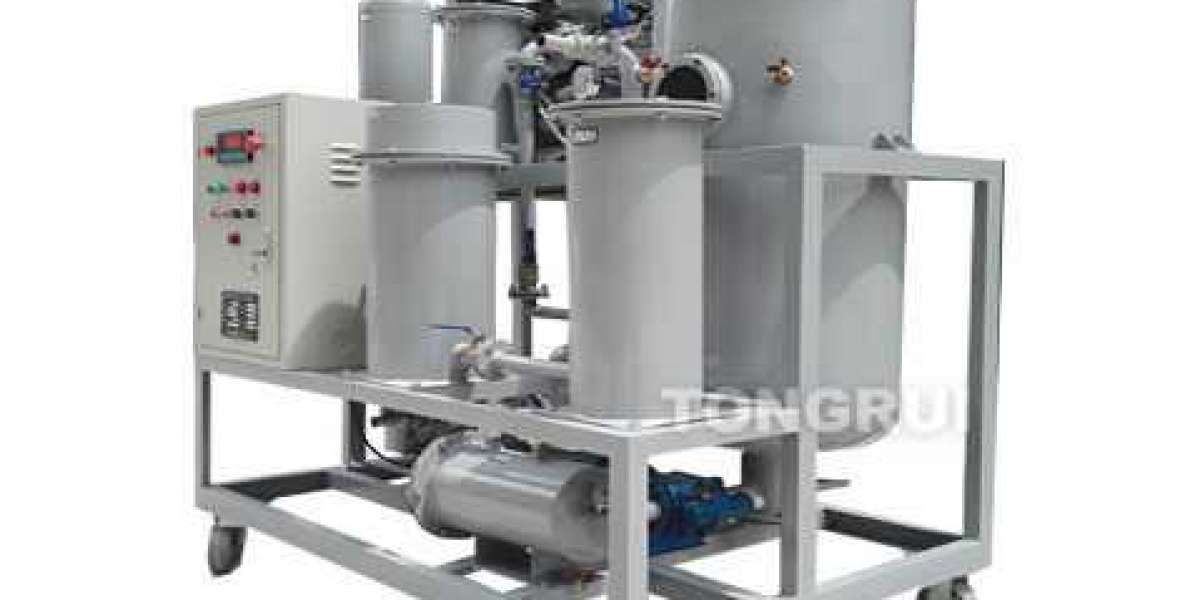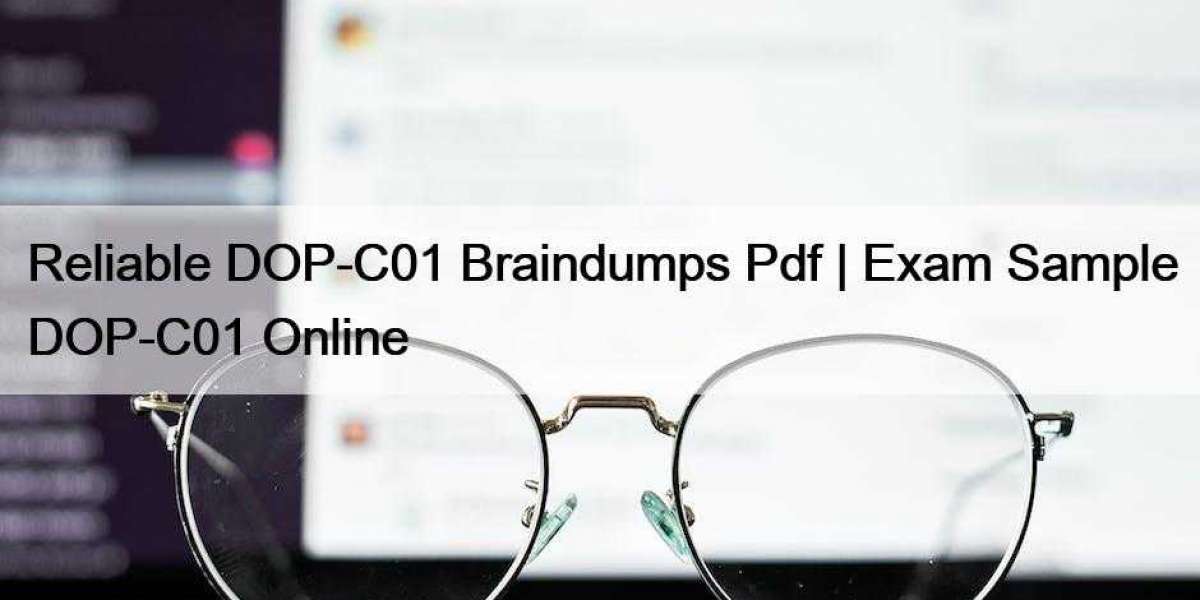Lubricating oil doesn't wear out! However, its lubrication quality tends to pass over time due to contaminants such as dirt, sludge, metal and water, to name just a few. There are many different ways to remove these pollutants, some more effective than others. Common methods include filters, filtration, sedimentation tanks, and centrifugal Lube oil purifiers.
In the centrifugal purification process, there are two commonly used methods. One method is a batch purification process in which all oil is removed from one tank (sump, precipitator, etc.) by a purifier and transported to another tank for cleaning. This method is usually carried out on machines that do not work. Another method is a continuous process in which a centrifuge takes some oil out of the tank, cleans it, and then recycles it back into the same tank. This method can be used on operational equipment, but is not as fast or efficient as the batch process.
A centrifuge can also serve as a separator or clarifier. The separator uses a water retaining ring or drain ring to remove water and solids from the purified oil. The water is drained from the purifier. When the main pollutant is sediment and water does not need to be removed from the system, a purifier is used. Any small amount of water that goes into the centrifuge will remain in the bowl until it is cleaned.
Centrifugal purifiers according to the shape and overall layout of centrifuges, sometimes can be divided into plate or bowl purifiers, some purifiers are self-cleaning, and some must be manually cleaned.
On Patriot, we had a disc-type non-self-purifying purifier made by DeLaval that was used as a separator during the continuous process.
In a disc purifier, a bowl - shaped rotating element wraps around a stack of disks. The bowl itself sits perpendicular to the bowl spindle which is driven by the worm gear and clutch assembly. The spindle and bearing absorb the weight of the bowl assembly. Once running, the bowl rotates about 7,500 revolutions per minute. As liquids and sediments of varying densities pass through the centrifuge's dispenser (the innermost part of its bowl-shaped shell), the centrifuge's speed creates huge centrifugal forces that quickly separate them. There is also the close separation caused by the shallow distance of the individual disks within the bowl shell. Clean oil flows up between the neck of the top disc and the tubular shaft/distributor. If the centrifuge operates as a separator, water will be drained between the neck of the top disc and the discharge ring mounted on the top of the bowl. Sediment, sludge and other material will be moved to the inside of the bowl shell and will remain there until clean. It is important to note that the size of the discharge ring must properly match the density of the lubricating oil to be purified. If you use a purifier to centrifuge other oils of different gravity, each must use a different discharge ring.








